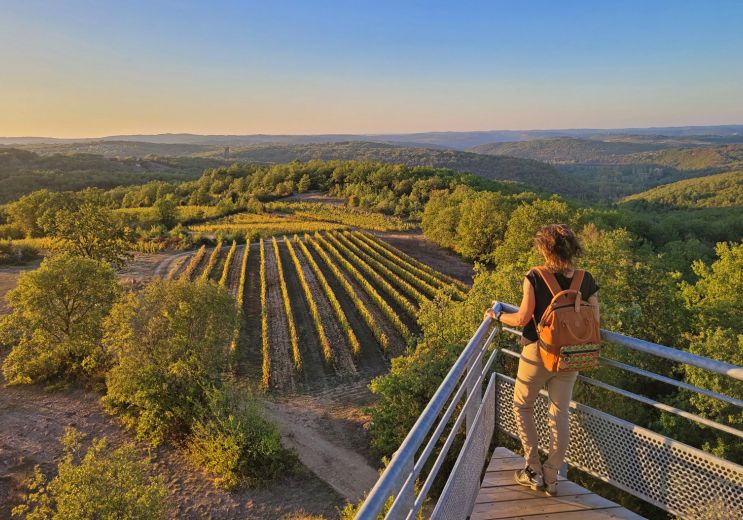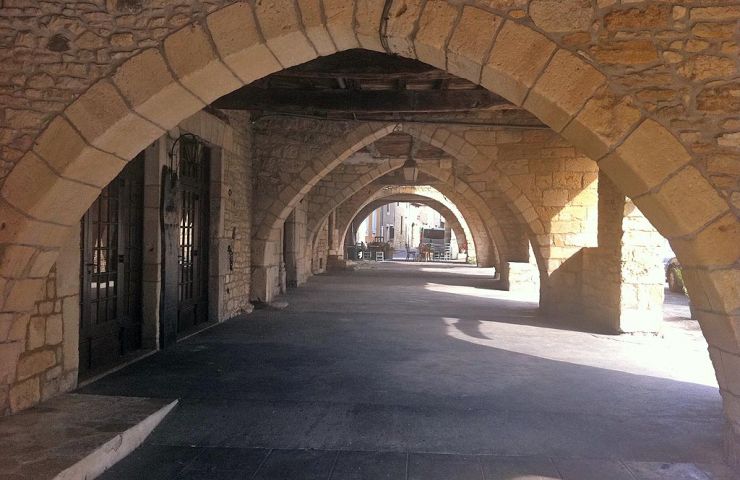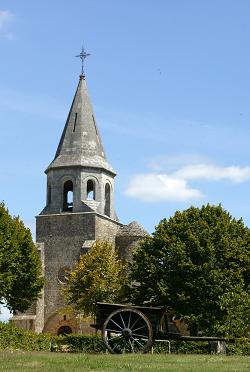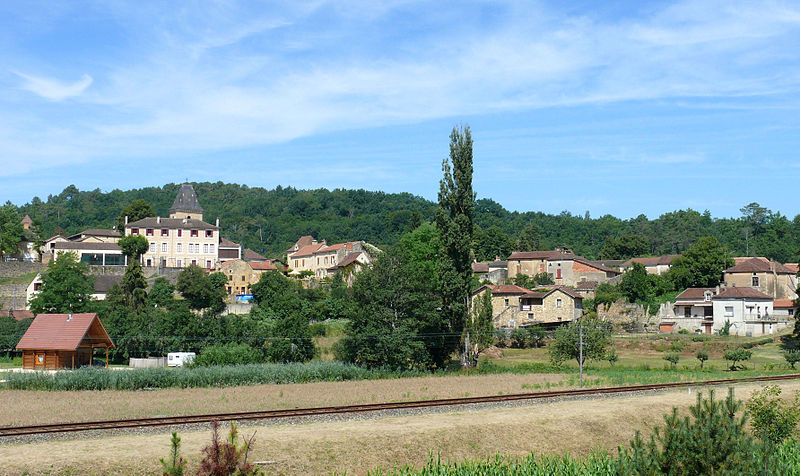You will also like
The Panoramic Tower of Moncalou, a dizzying and free viewpoint!
The Panoramic Tower of Moncalou, a dizzying and free viewpoint!
14,8 km - Florimont Gaumier
Family Time
The most beautiful bastides of Périgord
The most beautiful bastides of Périgord
15,8 km - Monpazier
Culture and Heritage
Hiking in Monpazier : Discover one of the Most Beautiful Villages in France, in the Pays des Bastides
Hiking in Monpazier : Discover one of the Most Beautiful Villages in France, in the Pays des Bastides
15,8 km - Monpazier
Culture and Heritage
Le Moulin de David, natural campsite in "Le Pays des Bastides"
Le Moulin de David, natural campsite in "Le Pays des Bastides"
15,8 km - Monpazier
Rest and relaxation
You will like also
BASTIDE DE VILLEFRANCHE DU PERIGORD
BASTIDE DE VILLEFRANCHE DU PERIGORD
Bastide founded in 1261 by Guillaume de Bagneux, discover the hall on the market square and the church of the 19th ...
4 m - Villefranche du Périgord
BASTIDE DE MONPAZIER
BASTIDE DE MONPAZIER
Monpazier is certainly the most famous and best preserved Bastide of Perigord. Founded in 1284 by Edward I and ...
15,8 km - Monpazier
Biron Castle - Classified Historic Monument
Biron Castle - Classified Historic Monument
THE PERIGORD CASTLE Let me tell you my thousand-year-old story... I have seen so many things in my time. No battle ...
16,5 km - Biron
Biron
Biron
Dominated by its castle, the town of Biron is pleasant and rural, on the edge of Lot-et-Garonne. The medieval ...
16,6 km - Biron
Château de Gavaudun
Château de Gavaudun
Proud sentinel dominating a narrow valley classified protected natural site. The Castle of Gavaudun crowns a rocky ...
17,0 km - Biron
Ride around
Autour de la châtaigne à Villefranche du Périgord
Autour de la châtaigne à Villefranche du Périgord
53 m - Villefranche du Périgord
Walking Mountain bike Horse
Boucle des Griffoulières, sur les pas de rené, le bûcheron
Boucle des Griffoulières, sur les pas de rené, le bûcheron
3,7 km - Loubejac
Walking
Boucle du gros chataignier, sur les pas de grand-père Marcel
Boucle du gros chataignier, sur les pas de grand-père Marcel
3,7 km - Saint Cernin de l'Herm
Walking





























